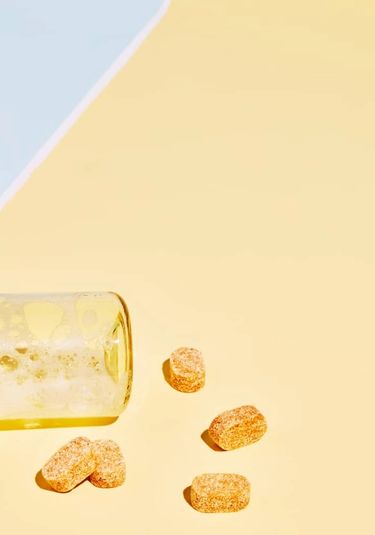What Are Microplastics?
Written by: Natalie Henderson, Marketing @blueland
September 29, 2019
What Are Microplastics?
Microplastics are just what they sound like, they are tiny pieces of plastic that we find floating in our water, littering our beaches and even finding their way into our food sources. When plastic is not recycled it is usually disposed of in the trash. That trash goes to landfills or is dumped into the ocean. Fourteen billion pounds of trash are dumped into the ocean each year, much of it is plastic. Over time, plastic starts to break down and because it is not biodegradable, eventually it cannot be broken down any further. Small pieces of plastic debris, less than five millimeters, are left and those are called microplastics. Despite being so small, microplastics cause big problems.
Where Do Microplastics Come From?
Microplastics can either be from large pieces of plastic that have broken down over time or they can be created as microplastics. The first source of microplastics come from large single-use plastics, like plastic bags, toothbrushes, toys and anything else made of plastic that breaks down over time. This includes types of plastic packaging as well. Most plastic items are not biodegradable, so when they are thrown in the trash they get smaller and smaller over time. But these small pieces do not just disappear. They continue to exist and float around in our waterways.
Plastic pieces called microbeads are another source of microplastics. Microbeads are found in popular personal care products like face washes and kinds of toothpaste. They are usually small and colorful and make your product feel grainy. Not only are you washing your face and brushing your teeth with tiny pieces of plastic, but when those beads wash down the drain they end up in the ocean.
Why Are Microplastics Bad?
Microplastics end up in the ocean. The size of microplastics makes them very difficult to be seen and properly cleaned up, so they continue floating around in the ocean. Aquatic animals often mistake microplastics for food. Plastic consumption is harmful for an animal’s digestive system and overall health. The presence of microplastics in the ocean disrupt our marine ecosystems; they’ve been found in 100% of marine turtles, 59% of whales, 36% of seals and 40% of seabird species examined. Microplastics are not just harmful to our marine life, they are harmful for us too. They find their way into our food and water as well. About 90% of the water we drink and 33% of the fish we eat contains microplastics. Recent studies reported on by the New York Times suggest that microplastics have also found their way into the air. The study shows that microplastics are no longer confined to water pollution, but these tiny plastic particles can travel by air as well.
What Can We Do About Microplastics?
Given the large problem such small pieces of plastic can create, what can we do about it? We can start by reducing and eliminating single-use plastics in our daily lives. If we all cut out single-use plastics, significantly fewer will end up back in our oceans. Look for plastic alternative products like glass and paper or find a reusable alternative.
Keep Reading
View AllRefill is the New Recycle
The perfect way to start cutting out single use plastic from your home.
